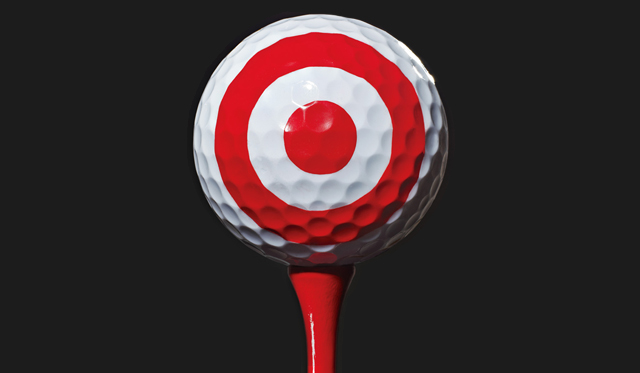In recent weeks I came across with an interesting debate on Rory McIlroy's possible contract with Nike Golf. Pros and cons are flying from one side to another. When suddenly somebody said basically Bridgestone is now a DBA and they make Nike golf balls. The accusations went further, namely both Rory McIlroy and Tiger Woods are using Titleist golf clubs and golf balls, but with Nike logos. This kind of dispute is not new.
Back in 2000 when Callaway entered to the golf ball market that was (still today) dominated by Titleist the golf industry gasped since Callaway created a special rule (#35; there are only 34 rules in the official USGA rule book).
In 2007 Bridgestone said that Acushnet (manufacturer of Titleist golf balls) infringed Bridgestone patents (notably the phenomenally successful Titleist Pro V1 models). Bridgestone said that his "B 330" golf ball is too similar to Titeleist Pro V1.
I do not want to enter to this dispute, but to highlight the importance of customer experience, since it leads to buying a product or service (+repurchase). This can be important to golf courses as well. Even if they do not actually buy anything, their active interest in buying (in this case golf balls) puts them on our radar.
It is also customer experience what your customers think happened when they tried to learn about and evaluate your product, tried to buy it, tried to use it, and maybe tried to get help with a problem. We are not in an easy situation when customers do not rely 100% on what we say on our website (with online reviews, social networks and mobile web access, it's easy for customers to know more about products, services, pricing etc.) or personally and industry boundaries have dissolved.
In the example above, we can imagine how such information (even if it is not true) can make potential customers uncertain. They can ask why should I try or buy Nike golf balls visa verse Bridgestone. This can be extremely crucial at the beginning (when we gather information about a product or service and evaluate them) and at the last phase phase (when it is about re-engaging with a product or service) of a so called "customer journey". In the age of the empowered customers, these buyers are demanding from marketers higher level of customer centricity.

